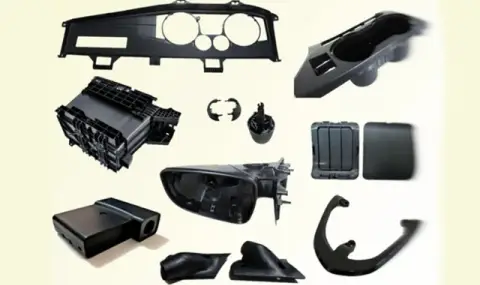Scientists from the Perm National Research Polytechnic University (PNRPU) have developed a method to improve ABS plastic (acrylonitrile butadiene styrene), widely used in the automotive and electronics industries. According to them, adding reinforcing fibers through a 3D printer nozzle makes the plastic stronger.
Used in the automotive, electronics, toy and furniture industries, ABS plastic is an affordable product. However, its weaknesses are low strength and deformation under load. With the help of 3D printing and reinforcement, these characteristics can be improved, making the plastic more durable.
PNIPU scientists propose incorporating short fibers of carbon, glass and basalt into ABS plastic. These composites have improved physical and mechanical properties such as tensile strength, stiffness, impact resistance, dimensional stability, thermal and chemical resistance. Maximum strength is achieved when using a nozzle with a diameter of 0.8 mm for all types of fillers, which increases the strength of the products by 60%.
Carbon fiber reinforcement provides a better strength-to-weight ratio and stiffness, and they are electrically conductive, which is useful for dissipating static electricity. Carbon fibers are more expensive than others, but their use is justified in the production of high-tech materials. Glass and basalt fibers, on the other hand, provide a balance between performance and cost, which makes them attractive to many industries.
